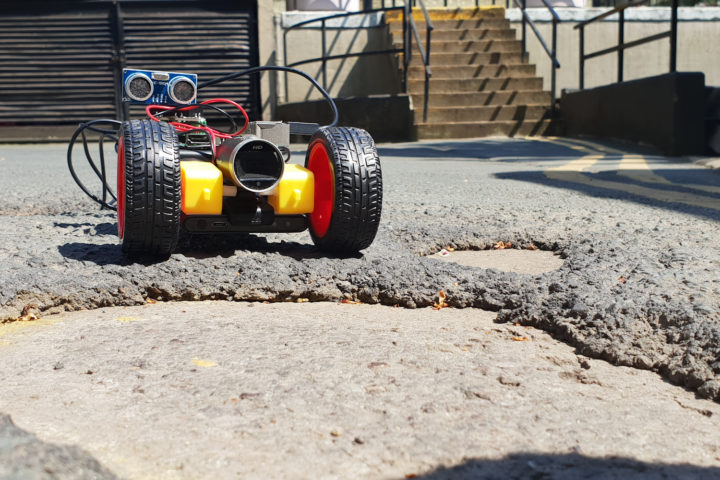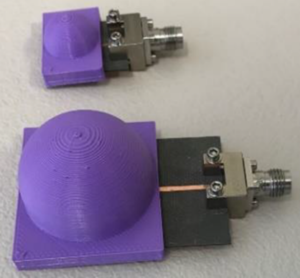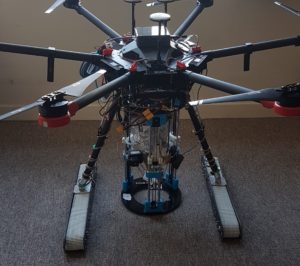
Self-Repairing Cities to exhibit at Global Grand Challenges Summit 2019
Self-Repairing Cities will be showcasing some of its most recent advances at the Global Grand Challenges Summit 2019 on Tuesday 17 September, as part of an evening event organised by EPSRC.
Visitors will be able to see both our nature-inspired low-cost crack-detecting robot and 3D asphalt-printing drone, along with demonstrations and videos. Project lead Prof Phil Purnell, and research fellows Dr John Lones and Dr Mohamed Abdellatif (all University of Leeds), will all be on hand to explain the systems and the wider research being undertaken as part of Self-Repairing Cities.
The Global Grand Challenges Summit 2019 is part of a series of summits being hosted by the UK, US and Chinese academies of engineering. The Summit has two sub-themes, connected to the US National Academy of Engineering’s 14 Grand Challenges for Engineering and the UN Sustainable Development Goals:
- Will AI and other transformational technologies change humanity for the better?
- Can we sustain 10 billion people?
Self-Repairing Cities directly contributes to both of these areas. We propose using robotics and autonomous systems to actively monitor and repair our infrastructure, in much the same was as our immune system helps monitor and repair our body. This approach will deliver benefits to cities, people and the environment.
By detecting and fixing problems early – cracks rather than potholes – infrastructure will cost less to maintain, meaning cities can do more with their limited cash. It is hoped people working in infrastructure in the future will benefit from safer, more productive, less tedious and higher-quality work, while citizens will experience less disruption from roadworks. The local wildlife will benefit from reduced pollution, and using less energy and resources for infrastructure works will help us reduce greenhouse gas emissions and improve resource security.
Our low-cost crack-detecting robot has a control system that is inspired by the simple way that microscopic nematode-worms find their food. This has led to the development of a highly robust and efficient search algorithm, which does not need prior knowledge of the environment and can work with low-cost sensors. The crack-detecting robot independently seeks out and geo-tags the cracks it finds, and has been shown to be quicker than other systems. In the future, it is hoped that the robot could be adapted using a similar approach to also repair the cracks it finds.
Our 3D asphalt-printing drone will also be there, with a demonstration of the vision system for guiding the 3D-printer along the crack to be filled. By precisely guiding the 3D printer, asphalt will only be delivered to where it is actually needed, making a more efficient repair. As well as the 3D printer head being able to move, the entire drone has a novel track system that enables it to drive along the ground, following the crack along its entire length.
We are very keen to hear what you think about the Self-Repairing Cities approach and technologies, so if you are at the event, please do come along and say hello. If you can’t make it in person but would still like to know more, please get in touch.










